Environmental Wellness Toolkit
Environmental Wellness Toolkit
What surrounds you each day in your home, work, or neighborhood and the resources available to you can affect your health. You can’t always choose what’s in the environments you live, work, or play in. But taking small steps to make your environments safer and limiting your exposure to potentially harmful substances can help keep you healthier. Flip each card below for checklists on how to improve your health in different areas. Click on the images to read articles about each topic. You can also print the checklists separately or all together to share with others or as a reminder to yourself.
7 strategies for improving your environmental health
-
Make your home healthier
Image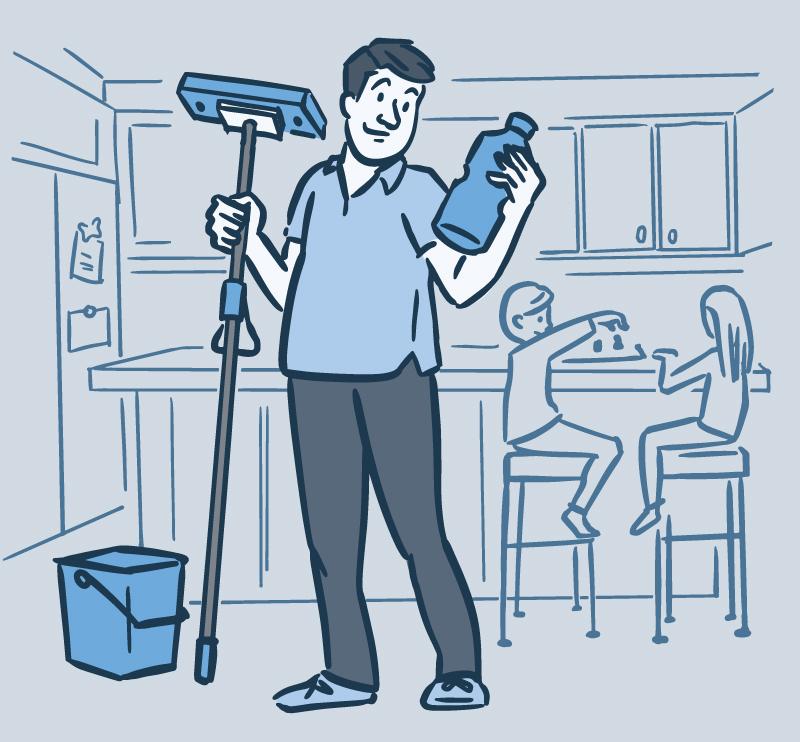
Take a look around your home. Do you know what’s in your household goods and products? Some chemicals can harm your health if too much gets into your body. Becoming aware of potentially harmful substances and clearing them out can help keep you and your family healthy.
To reduce potential toxins in your home:
- Clean with “Safer Choice” or non-toxic products.
- Dust using a damp rag.
- Use a wet mop to clean floors.
- Vacuum with a high-efficiency particulate air (HEPA) filter.
- Open a window or use a fan to improve air circulation when you’re cleaning.
- Have and maintain a good ventilation system in your home.
- Wash your hands and your children’s hands often.
-
Reduce your allergies
Image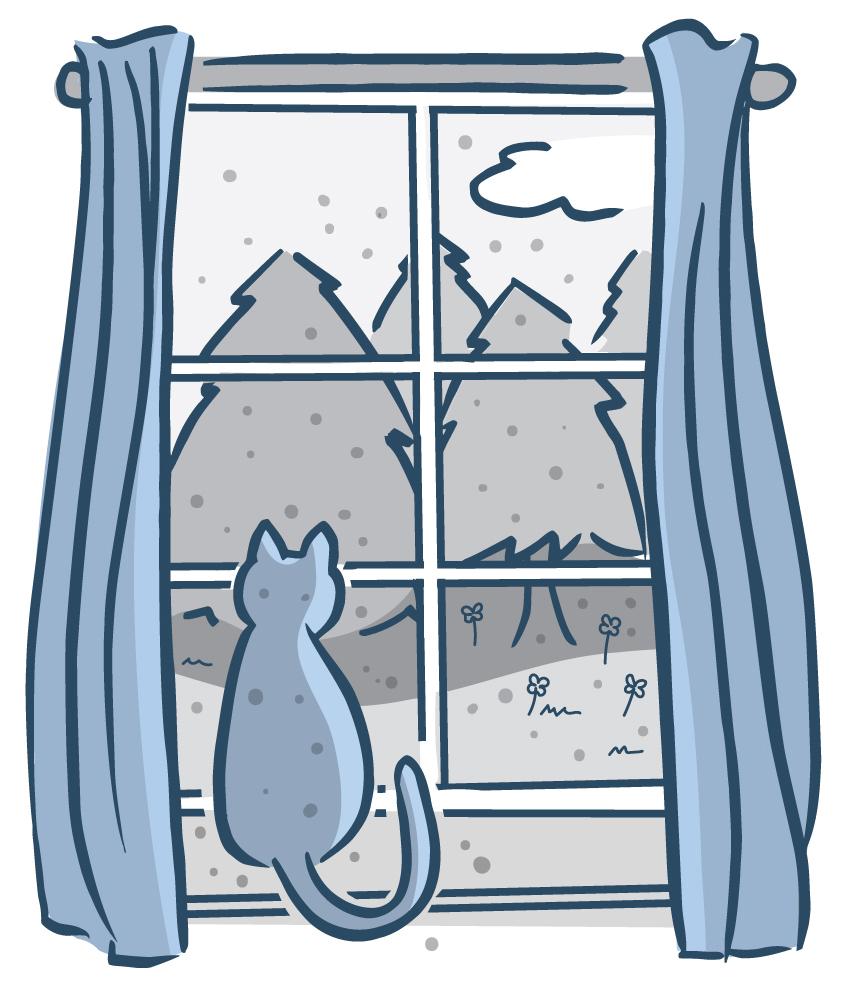
A change in season can brighten your days with vibrant new colors. But blooming flowers and falling leaves can usher in more than beautiful backdrops. Airborne substances that irritate your nose can blow in with the weather. When sneezing, itchy eyes, or a runny nose suddenly appears, allergies may be to blame. Take steps to reduce your exposure to allergens.
To reduce allergies:
- Avoid outdoor allergens whenever possible. If pollen counts are high, stay inside with the windows closed and use the air conditioning.
- Avoid bringing pollen indoors. If you go outside, wash your hair and clothing when you come inside. Pets can also bring in pollen, so clean them too.
- Reduce indoor allergens. Keep humidity levels low in the home to keep dust mites and mold under control.
- Avoid upholstered furniture and carpets because they harbor allergens.
- Wash your bedding in hot water once a week.
- Vacuum the floors once a week.
- Talk with your doctor about medications and allergy shots.
-
Stay safe during hot weather
Image
Heat is the biggest danger in the summer months. Being hot for too long can cause many illnesses, some of which can be deadly. But the warmer weather also brings lots of new opportunities to improve your health. Here’s how to make the most of the summer months.
To create healthy summer habits:
- Do outdoor activities during the coolest part of the day, in the early morning or evening.
- Wear protective clothing, such as hats, long-sleeve shirts, and long pants or skirts to block out the sun’s harmful rays.
- Use sunscreen that blocks both UVA and UVB with a sun protection factor (SPF) of at least 15, preferably 30. Reapply frequently.
- Use sunglasses that block both UVA and UVB.
- Try to stay in the shade when outdoors during peak sunlight.
- Exercise in an air-conditioned space if possible. Or do water workouts.
- Drink plenty of liquids, especially water. Avoid drinks that contain alcohol or caffeine.
-
Guard against cold weather
Image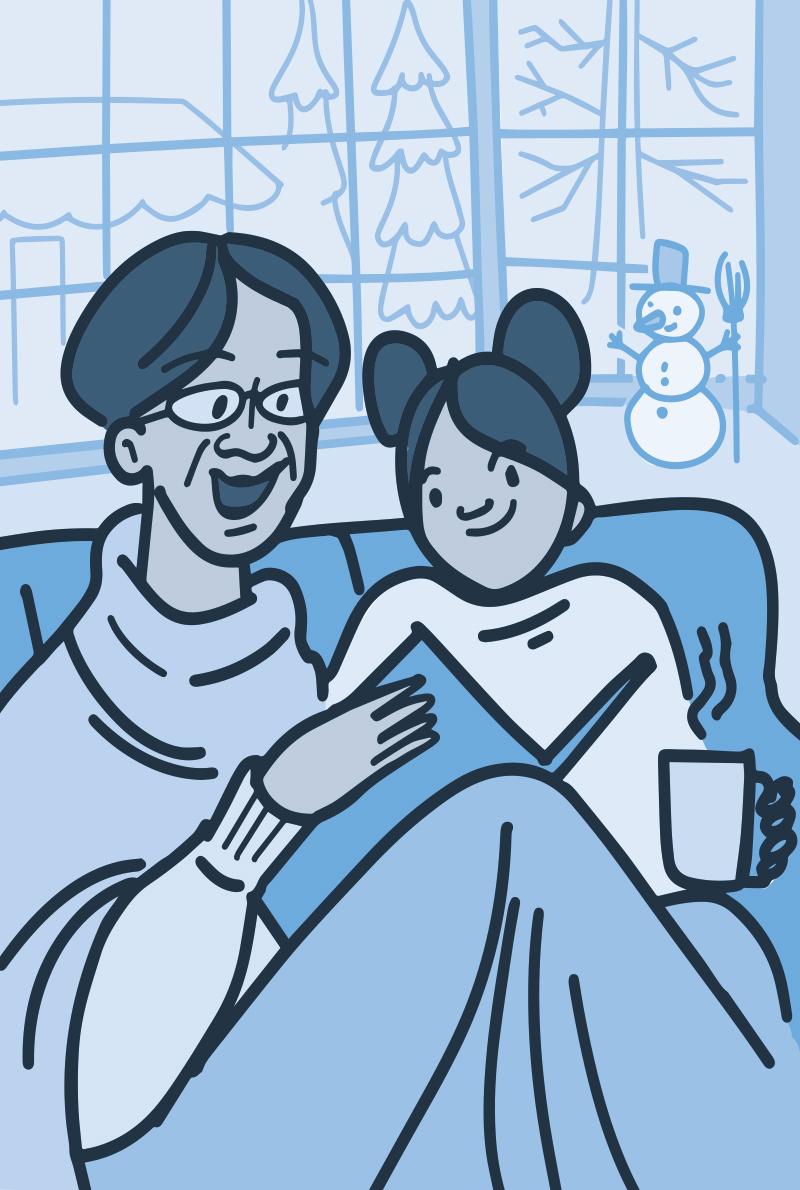
The frosty air of winter can be invigorating. But cold air can also pose threats to your health, whether you’re indoors or outside. Learn to recognize the signs of your body temperature dropping too low, and take steps to keep yourself and your family warm and safe during the chilly season.
To guard against the cold:
- At home, wear socks, slippers, and a hat. Or stay covered up with a blanket.
- Keep your heat set to at least 68°F or higher during cold weather. If you need help paying your heating bills, see if you qualify for the HHS energy assistance program.
- Wear a windproof and water-proof jacket if you’re heading into cold, rainy, windy, or snowy conditions. Dress in layers.
- If someone is showing signs of hypothermia, act fast. Get them out of the cold and into a warm room. Remove any wet clothing. Warm them up gradually. Cover them with warm blankets. Offer them warm drinks, but not alcohol. Avoid hot baths or heating pads. And take their temperature. If it’s below 95°F, get medical help immediately.
-
Air quality and your health
Image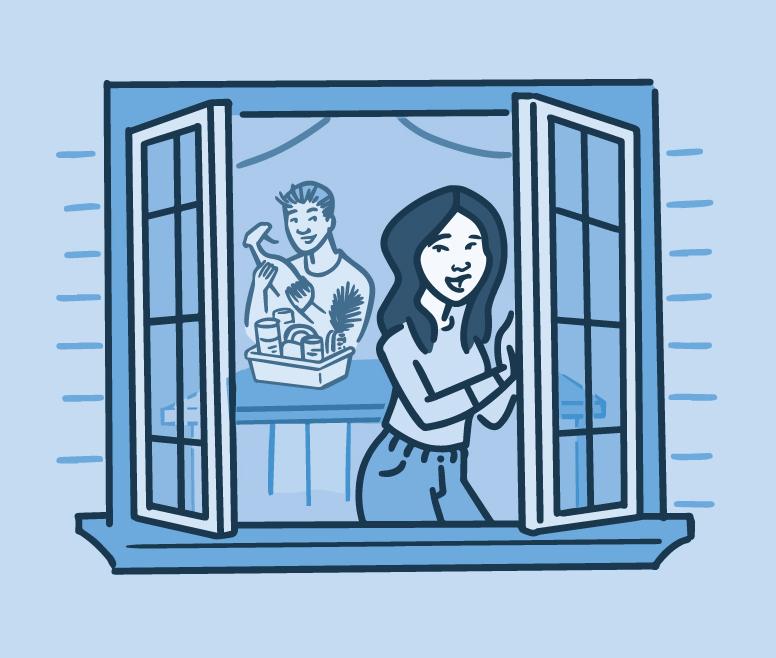
The combination of high temperatures, pollution, and airborne particles can brew up an unhealthful mixture in the air, just waiting to enter your lungs. This can make it hard to breathe and sap your energy. But air pollution can also occur inside—in homes, offices, or even schools. If you’re regularly exposed to high levels of unhealthy air, the health consequences can linger for months or even years.
To reduce the effects of poor quality air on your health:
- Avoid outdoor activities in the afternoons on warmer days, when the risk of air pollution is highest.
- Avoid strenuous outdoor activities if the air is polluted.
- Check your region’s air quality index at www.airnow.gov. Orange and red mean it’s a bad air day, so people with lung problems should avoid the outdoors. Purple and maroon mean air pollution is extreme, and everyone should try to stay inside in an environment with clean air.
- Reduce pollutants in your home. Don’t let anyone smoke in your home. Avoid burning candles, incense, or wood fires. Run fans or open a window when cooking. Use a vacuum with a HEPA filter instead of sweeping to avoid stirring up dust and allergens.
-
Stay safe in the water
Image
Summer is a great time to go out and have fun in the water. But recreational waters—including swimming pools, lakes, and oceans—can sometimes get contaminated with bacteria and viruses. Swimming in contaminated water can make you and your family sick. But you can take steps to stay safer while playing in the water.
To stay safer while playing in the water:
- Shower before and after swimming.
- Try not to swallow the water.
- Never go to the bathroom in the water. Take kids for bathroom breaks and check diapers every hour. Change diapers away from the water.
- Stay out of the water if you’ve had diarrhea recently to help protect others from infectious germs.
- Always wash your hands before you eat or drink.
- Cover open wounds with waterproof bandages.
- Don’t swim in water that looks murky or has an odor.
- Stay out of the ocean for at least 24 hours after a storm. Avoid places where storm water is released on the beach.
- Check for warning signs posted around the area. Ask lifeguards about the water conditions.
- Check local alert systems. Visit the EPA's website for information on U.S. beaches.
-
Clear out toxins in your home
Image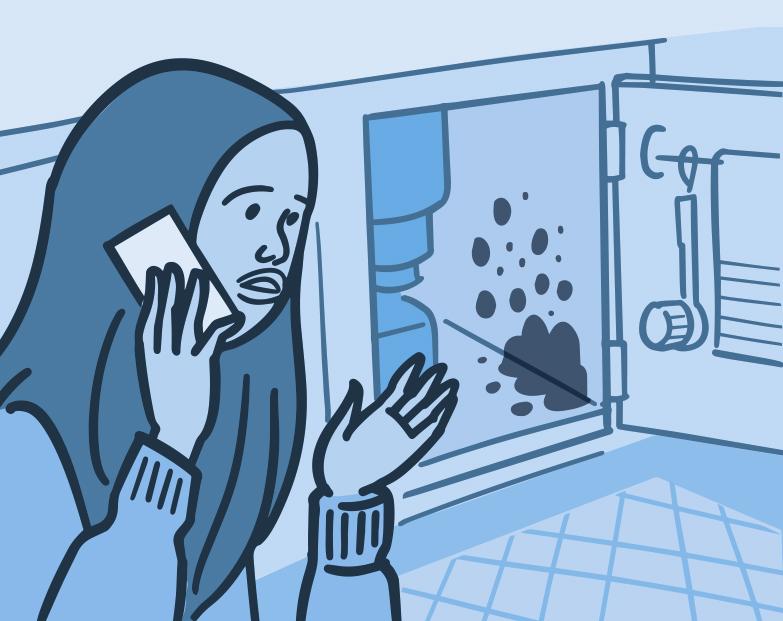
Some hazards in the home are easy to see. Like a loose electrical socket. Or torn carpet on the stairs. But others are harder to spot. And some are invisible, in the very air you breathe. These include lead, mold, and radon. But there are ways you can find and fix these unseen hazards. Learn how to reduce your exposure to these health hazards.
To reduce health hazards in your home:
- If your home was built before 1978, test exposed paint for lead. You can buy test kits yourself or hire a professional. Some city health departments provide free test kits.
- Have children tested for lead exposure regularly, from at least birth through age six.
- Use vent fans in rooms that have lots of moisture, like the bathroom, to prevent mold growth.
- If you have a leak or flood in your home, quickly dispose of damaged items.
- Clean small areas of mold on walls or fabric with hot, soapy water. Be sure to wear a mask, gloves, and goggles while cleaning.
- Test your home for radon. Some local, county, or state programs offer free test kits. You can contact the National Radon Program Services at 1-800-SOS-RADON (1-800-767-7236).
Want to learn more?
NIH scientists study how both indoor and outdoor environmental exposures, toxins, and allergy-inducing substances impact your health and well-being. Read more resources from the NIH institutes advancing research in these areas.
About Your Healthiest Self
NIH Wellness Toolkits highlight evidence-based tips for living well and improving your health. It's published by the Office of Communications and Public Liaison in the NIH Office of the Director.
Connect with Us
To order free print publications in English and/or Spanish:
Send your name, mailing address, and quantity for each wellness toolkit to:
Email: nihnewsinhealth@od.nih.gov
Mailing Address:
NIH News in Health
Bldg. 31, Rm. 5B52, MSC 2094
Bethesda, MD 20892-2094
Please note: Limit is one per individual. Health professionals please include a quantity for each toolkit in your request. Supplies are limited.
This page last reviewed on


